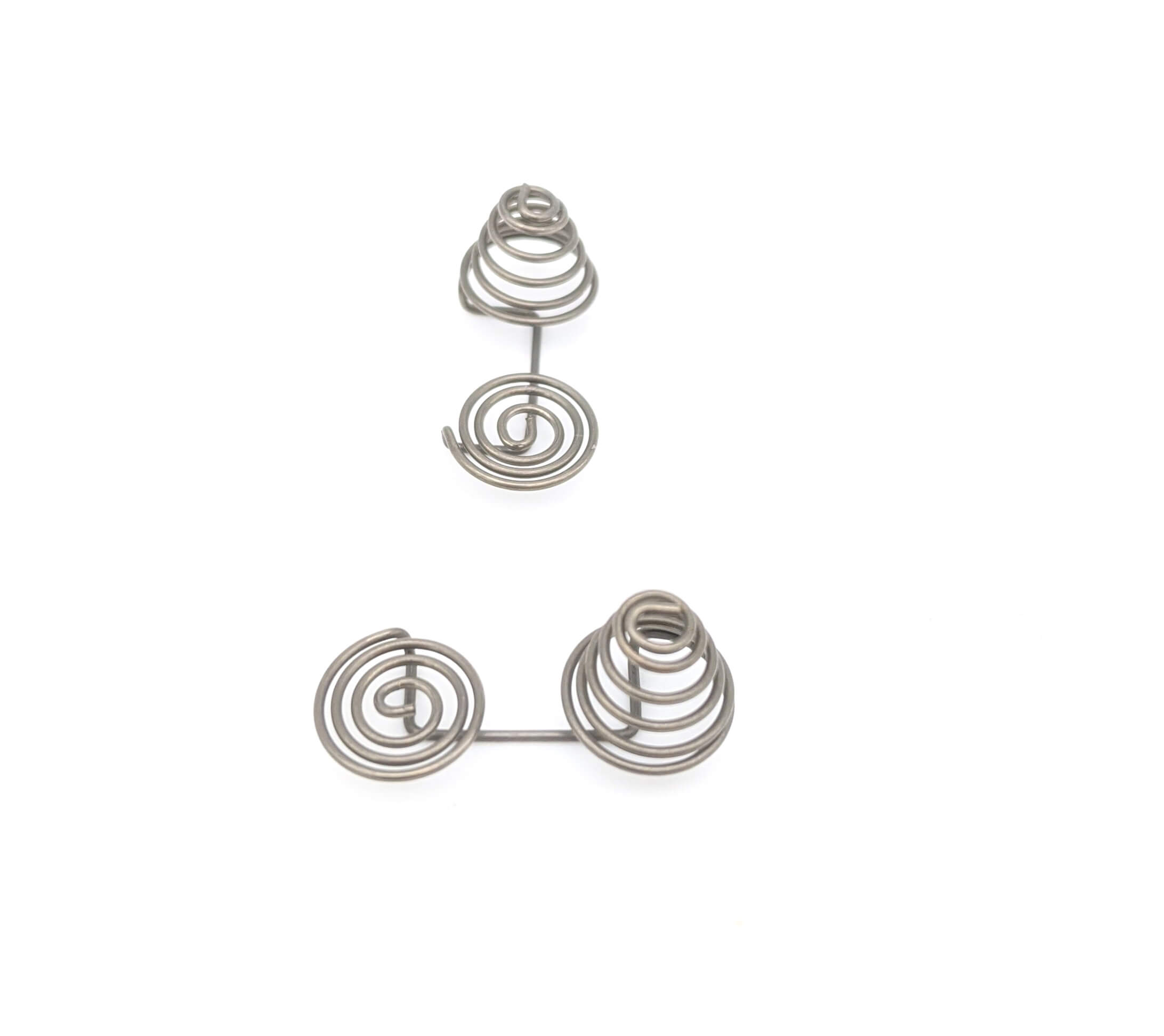Get unique, complex parts easily. No matter your requirements, Chaoyi Spring creates hard-to-produce coil springs and wire forms.
Let us help you create the custom wire form you need, from S-hooks and J-hooks to utility hooks and more.
We work closely with customers across a wide range of industries, helping them design and manufacture made-to-order parts.
Why choose Chaoyi Spring? We prioritize customer-focused collaboration, modern equipment and the latest technology to make your parts per print.
Find the information and guidance you need, from measuring a spring to learning about materials, placing an order and much more.
Compression springs, those ubiquitous coils of metal that often go unnoticed, are the unsung heroes of countless everyday objects. From the simple act of opening a pen to the complex


Compression springs, those ubiquitous coils of metal that often go unnoticed, are the unsung heroes of countless everyday objects. From the simple act of opening a pen to the complex workings of a car engine, compression springs play a vital role in ensuring smooth operation and reliable performance. They are essentially energy storage devices, transforming mechanical energy into potential energy and releasing it when needed, providing a reliable force for a wide range of applications. Let's delve into the fascinating world of compression springs, exploring their types, properties, and the myriad ways they contribute to our modern lives.

At their core, compression springs are helical coils made from various materials, most commonly steel, but also including stainless steel, brass, and even plastics. These coils are designed to absorb and store energy when compressed, releasing it upon release. This simple principle forms the basis for their wide range of applications.
The key characteristics of a compression spring that determine its functionality are:
These characteristics, meticulously chosen for each application, influence the spring's ability to provide the desired force and movement.
The world of compression springs is diverse, with various designs tailored to specific needs. Here are a few prominent types:
The choice of spring type depends on factors like the required load, space constraints, and desired spring characteristics.
Compression springs are truly ubiquitous, silently working behind the scenes in a vast array of applications. Here are just a few examples of their diverse roles:
This list merely scratches the surface of the vast and diverse applications of compression springs, highlighting their profound impact on our modern world.
The process of manufacturing compression springs is a testament to precision engineering. It involves several crucial steps:
The precision and quality control involved in spring manufacturing guarantee the reliability and long-lasting performance of these critical components.
Despite their seemingly simple design, compression springs face ongoing challenges and are subject to continuous innovation. Some key areas of focus include:
These advancements are pushing the boundaries of compression spring technology, leading to lighter, stronger, and more durable solutions for diverse applications.
Compression springs, though often overlooked, are vital components that contribute significantly to our modern lives. Their ability to store and release energy efficiently makes them indispensable in countless applications, from everyday objects to complex industrial machinery. Their humble nature belies their remarkable impact on our world, ensuring smooth operation, reliable performance, and enhanced safety. As technology continues to advance, compression springs will undoubtedly continue to evolve, adapting to new challenges and pushing the boundaries of innovation.
So, the next time you see a spring, take a moment to appreciate its silent but vital role. From the spring in your pen to the springs in your car, these seemingly simple coils of metal are the unsung heroes of our modern world, quietly ensuring smooth operation and reliable performance.
Browse some of the custom wire forms and springs that we manufacture. Don’t see what you need? We specialize in made-to-order products that meet your application requirements.
Visit Our GalleryNeed a custom wire form or coil spring? We make it work. Fill out the contact form and a representative will respond within 1 business day. If you have a PDF or CAD file, you can submit to request a quote.